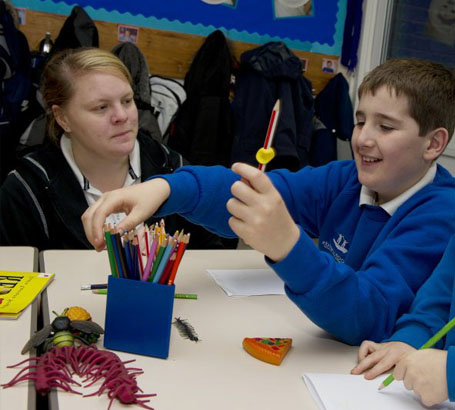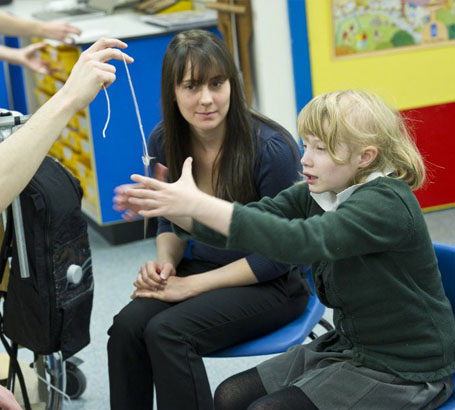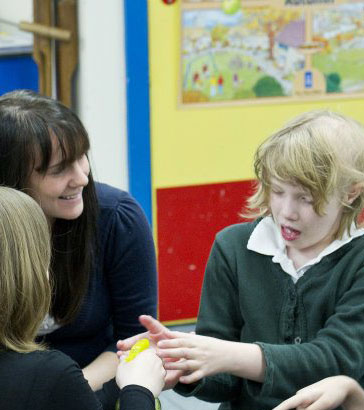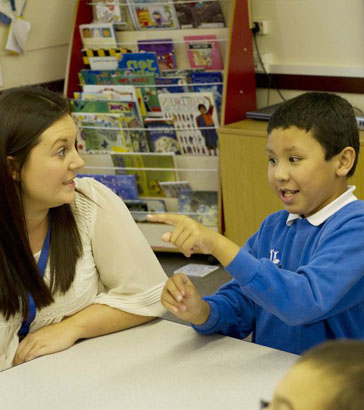
Here we review the range of observational techniques and other methods of assessment (eg tests and profiles) that are available to you to use.
Ofsted emphasises the importance of effective assessment of learning in the classroom. Formative assessment is essential in terms of informing the next steps in a pupil's teaching programme.

Consider the different ways in which you currently assess children during the learning process.
What seems to work best for you in your context and why? Is an appropriate range of strategies used to record individual
pupils' learning and progress? Are additional adults in a class or activity used to the full to observe and record interactions
and pupils' responses? Are these observations used effectively to inform planning and the next
stage of learning?
A range of observational methods may be used to form judgements about the abilities and
needs of pupils.
You should select a 'toolkit' of user-friendly methods and regularly use them. To use these methods confidently and objectively you must be aware of the advantages and disadvantages of each method.
Read the following document to find out about the different types of observational methods.
What observational methods would you find most useful in your context and why? What are the barriers to you using observational methods? What strategies can you implement in order to circumvent these barriers?
and tasks

It is important to remember that observation alone cannot give us a comprehensive picture of the pupil's knowledge and skills. Observations within natural contexts and the use of various assessment tools are equally important in holistic assessment.
Read the following paper on profiles,
tests and tasks.
and test

In this module, you have been introduced to a range of observational methods that can be used to create profiles, such as the Affective Communication Assessment and the Preverbal Communication Schedule. You have also been shown how direct testing is necessary to complement observational methods and you have been shown an example of testing using the Derbyshire Language Scheme.
Which profiles and tests would you find most useful in your context and why?